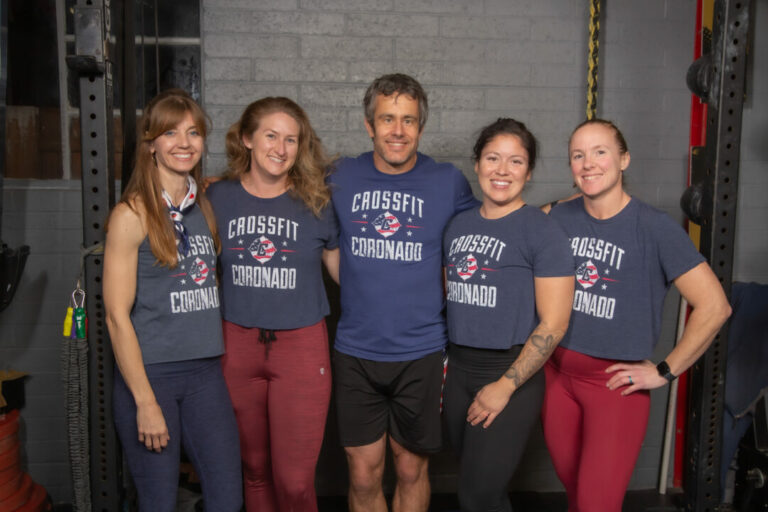This blog was inspired by a podcast I recently listened to regarding, practice, training, and competition. The podcast was by Ben Bergeron which I will share at the end of this blog. What does each one mean? Which one do we spend most of our time on, and should that be the same for everyone?
Competition is doing everything you can legally to try to win. In competition, we are chiefly concerned with the result. How much weight is on the bar, our time relative to everyone else’s etc. Think shortening ROM to just within acceptable standards, seeing how much wiggle room the judge gives you on a strict movement. There is also a lot of psychological stress with competition. It also means maximum intensity. You can absolutely compete yourself out of shape. Competing every day would be akin to if you were a runner and wanted to train for a 5k, running a 5k everyday at max effort… You can make physiological gains in your cardiovascular system with competition, depending on how often it happens, but you generally don’t make technique gains. Often times, technique gets worse.
Training is done with high heart, and heavy loads. It’s what drives adaptation. It’s not necessarily all out. Training is going hard but not to the point where technique is compromised. In simple terms, those explanations that are on each wod, training is listening to those and not being as concerned with where you stack up to people outside of your ability level. In training, it’s ok to be a little concerned with the result, but only as it affects you and your goals. The purpose of training is to drive physical adaptation, and to some degree, neurological adaptation. We scale wods to keep intensity relative to a person’s ability level so they get a workout that is appropriate.
Practice is done with low heart rates and low loads. This is meant to drive neurological adaptation. Holding positions with the bar or pvc pipe prewod is a great example of this. I would call our EMOTMs a little of practice and training. They all begin at low enough numbers and have explanations with them that say to use it to dial in form. The EMOTMs are almost never time to compete. The benefit of those is getting to practice the movement first without the stress of having to go fast.
Next, I have a story about practice and that changed how I workout myself, and how I write workouts.
In 2012, after regionals, I got a coach and started training with 2 other coaches at CrossFit Coronado for 2013. We got after it for 2-3 hours a day, 5x week. Rest days were Monday and Thursday, which included a 10k row one of those days and a 5k row on the other. I learned so much about training and programming during that time. Most importantly, you can’t compete everyday and train like that. The more advanced an athlete is, the less they can compete. Even more important than that, time has to be spent learning how to move well. If not, and you ramp up volume like that, you will hurt. I got to the point where I was much less fit, but really good at CrossFit. I say that because I had to hold on to something to stand up after bathing my daughter due to joint pain. When the open came out, I did really well on the 1st wod. The 2nd wod came out, and it had high rep box jumps in it. I had a history of achilles issues dating back several years. I did the wod, didn’t do so well, and I then did the most logical thing ever. I loaded up on Ibuprofen and did it again. I gained bursitis in my achilles that is still with me today. So all that work down the drain. Well I had a cortisone shot and was done for 2 months. All I could do is hold positions with a pvc pipe. So in between coaching classes, I would sit in the door frame with a pvc pipe in a front squat or overhead squat. This went on for 2 months then I was good to start training again. The wod was one you have all seen, 1k row then 4rds 12 front squats 155# 12 toes to bar. I did the wod, and was sucking some serious wind. I looked at everyone’s time afterwards, this was in June 2013 so everyone was post regionals training for the games and in legit condition. I was right up there with everyone else who had been working their asses off. I then came to the realization that completely changed everything for me. <em><strong>Movement is a game of angles and leverage. When we improve our form, it is really adjusting our angles to produce force. Adjusting the levers will produce greater gains in our performance more than any adaptation in our muscular or cardiovascular system. </strong></em>I refer to this as improving economy of motion.
Now, who should do what. No, I don’t expect you to sit in the gym for hours holding wall squats. That is only for people who have the time and want to compete at the highest level. But, in the hour long class, when we work with a bar or pvc, be mindful of the movements. Use that time to get better. Be thinking about where your body is in space. <em><strong>Attention to detail in your movements will produce the greatest gains, and keep you injury free.</strong></em> When looking at the whiteboard, it’s ok to look others score. That gives us something to strive for. But make sure you take into account the wod’s intent. That way, you will get a great work, and see progress for years to come.
<a href=”https://www.builtbybergeron.com/chasing-excellence/” target=”_blank” rel=”noopener noreferrer”>Chasing Excellence Podcast by Ben Bergeron</a>
Episode 016: How to Train with Intention











